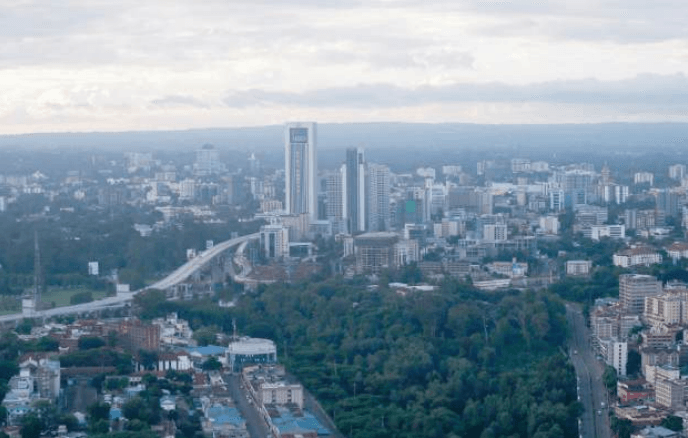World Meteorological Organisation has declared the onset of El Niño conditions, signalling the likelihood of a further increase in global temperature.
The El Niño — warmer water in the central and eastern Pacific Ocean — influences weather globally and is likely to cause heavy rains in Kenya from September or October.
In an official statement released on Tuesday, the WMO called on all governments including Kenya to put in place measures to reduce the impact of the phenomenon on people’s health, the ecosystems and the economy.
“El Niño conditions have developed in the tropical Pacific for the first time in seven years, setting the stage for a likely surge in global temperatures and disruptive weather and climate patterns,” the statement reads.
According to WMO, El Niño occurs on average every two to seven years, and episodes typically last nine to 12 months.
It is a naturally occurring climate pattern associated with the warming of the ocean surface temperatures in the central and eastern tropical Pacific Ocean.
But it takes place in the context of a climate changed by human activities.
“The onset of El Niño will greatly increase the likelihood of breaking temperature records and triggering more extreme heat in many parts of the world and in the ocean,” WMO SG Petteri Taalas said.
“The declaration of an El Niño by WMO is the signal to governments around the world to mobilize preparations to limit the impacts on our health, our ecosystems and our economies,” he said.
According to Taalas, early warnings and anticipatory action of extreme weather events associated with this major climate phenomenon are vital to saving lives and livelihoods.
Last month, the World Health Organisation asked countries to prepare for possible outbreak of diseases, such as dengue and malaria, due to the "very high probability" of the El Niño weather phenomenon in 2023 and 2024.
Director General Tedros Ghebreyesus said the phenomenon could influence the breeding of mosquitoes, spiking the spread of diseases such as malaria, dengue, Zika and chikungunya.
Dr Tedros further said climate change is already fuelling the breeding of mosquitoes, and the incidence of dengue has already risen sharply in recent decades.
Even before the WHO announcement, Kenya had indicated it is monitoring Rift Valley Fever, cholera and malaria among other diseases ahead of the expected El Nino rains.
The Kenya Meteorological Department earlier reported that some regions of the North Eastern region of Kenya had received three times the normal rainfall between March and May 2018.











